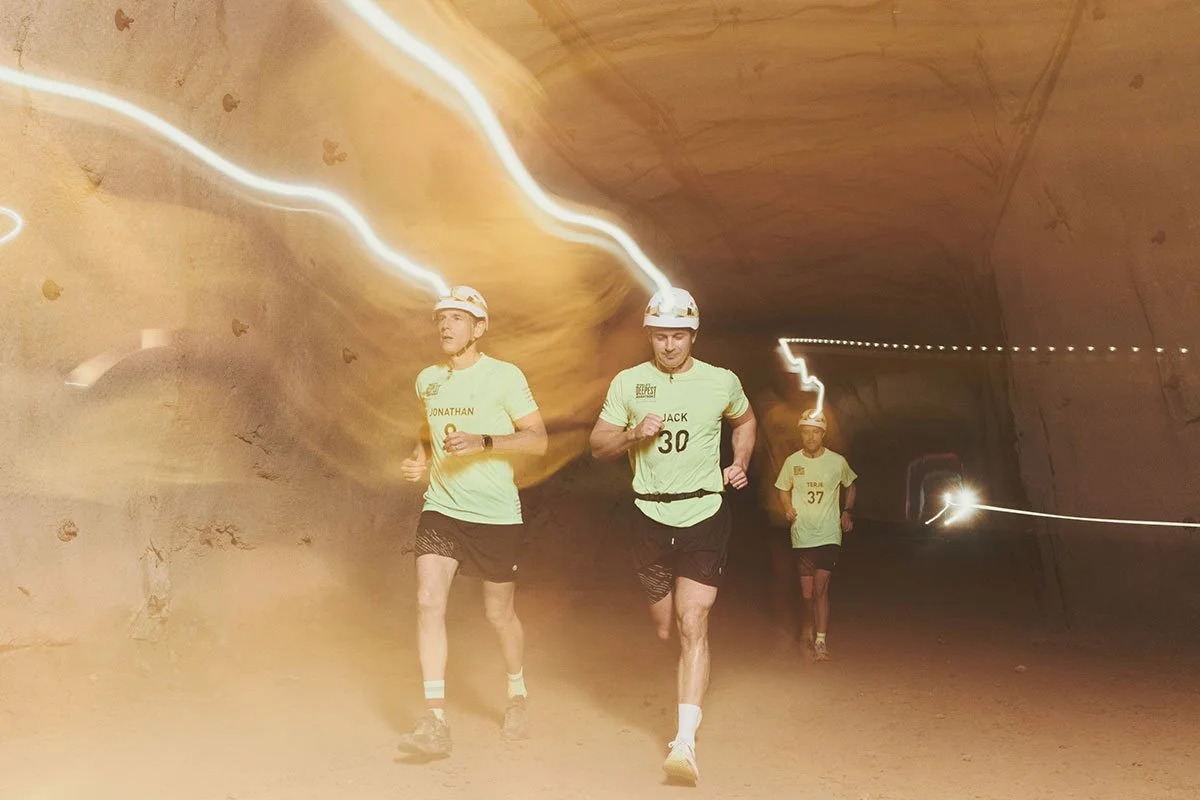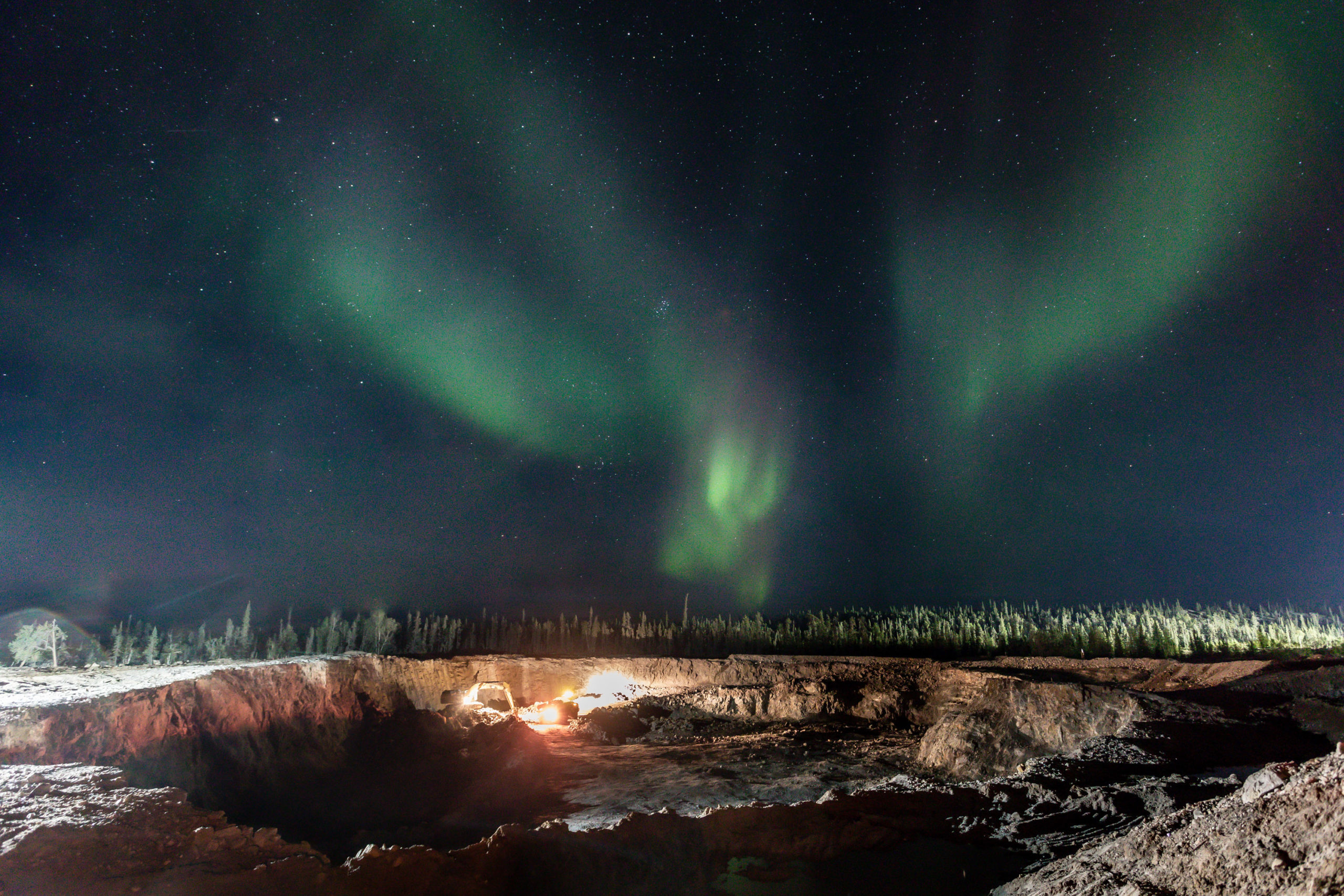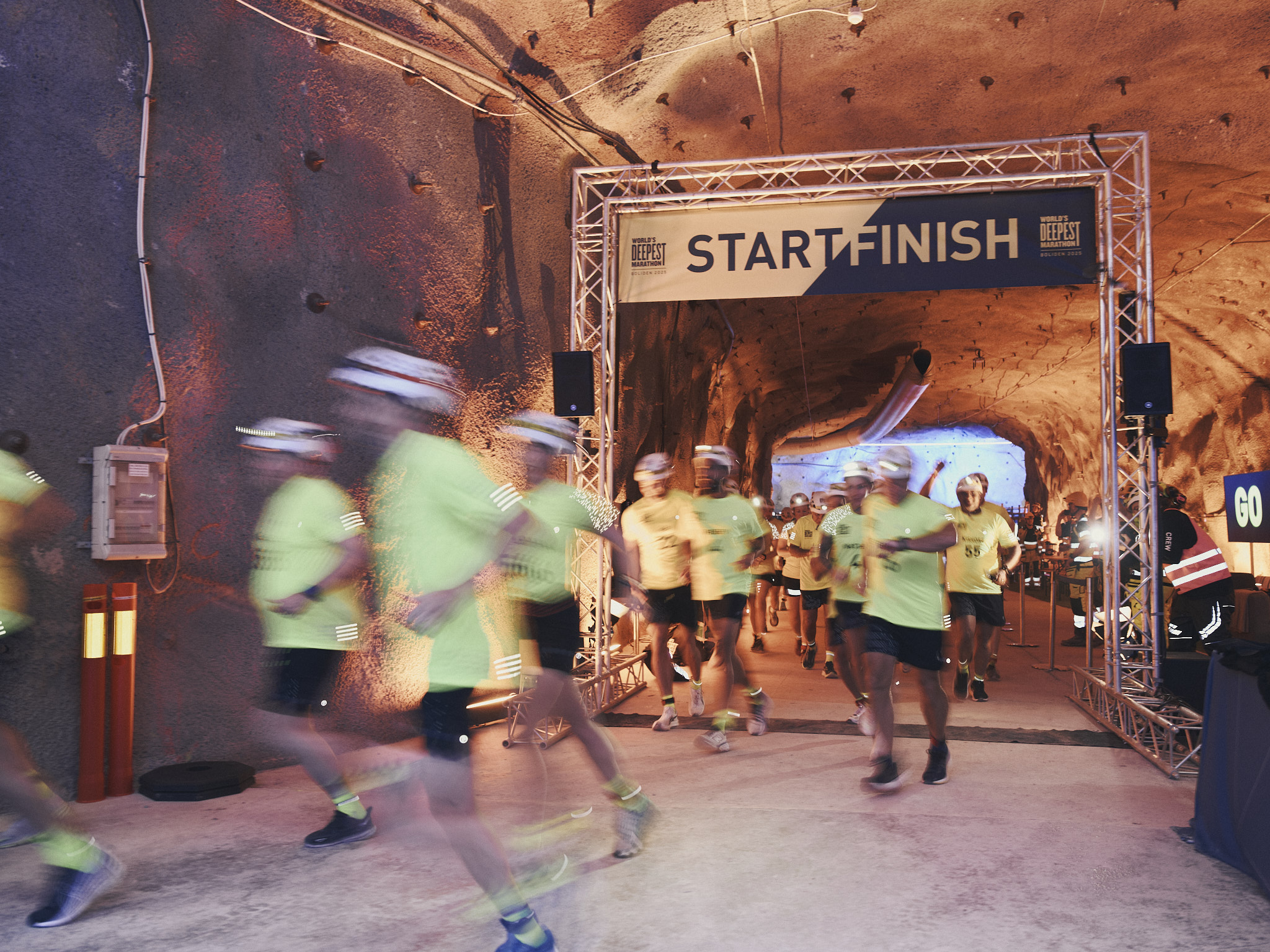According to the challenge’s founding patrons, current stationary charging systems require substantial time to charge large trucks, which results in significant lost productivity. Thus, the mining industry needs multi-megawatt scale fast charging concepts capable of delivering around 400kWh to charge and propel a truck within the truck’s haul cycle, which includes load, travel, dump, return, and queue.
The three companies believe it is possible to even reformulate existing diesel-electric equipment so that the implementation of longer-term solutions can be fast-tracked.
“The mining industry needs to be at the forefront of tackling the climate challenge. The Charge On Innovation Challenge is a great example of the current collaborative work being done by the mining industry and mobile equipment manufacturers to decarbonise mining fleets,” the fIrms said in a media statement. “In addition to providing a zero-carbon energy source, the conversion of mobile mining equipment to battery-electric can potentially unlock value, as electric motors have fewer moving parts when compared to standard equipment.”
BHP, Rio and Vale also said that they are convinced that a solution will be found to be able to deliver electricity to trucks in the complex operating environment of a large surface mine.
“We expect the Challenge will attract companies from a broad range of sectors including mining, automotive, aerospace, agriculture, and defence to deliver selected charging concepts to create a standard product that can interface with all trucks,” Austmine CEO Christine Gibbs Stewart said in the brief.
The three miners involved in the challenge are the world’s largest producers of iron ore. According to a recent report, energy intensity at hematite operation averages 0.15 GJ/t of iron ore, taking into account both diesel consumption in the mine and electricity production for processing plants.
In magnetite operations, on the other hand, total energy intensity from mining, processing and shipping adds up to 0.3 GJ/t of shipped ore.
Approximately 90% of the energy consumption was determined to be diesel consumption in mobile equipment.




